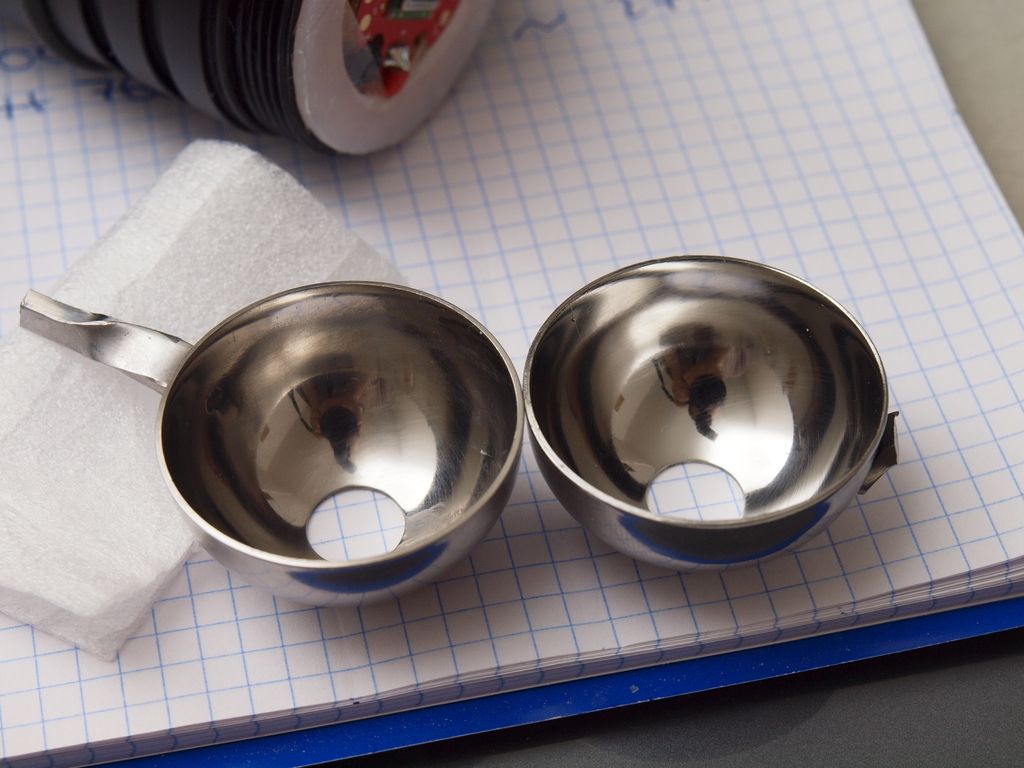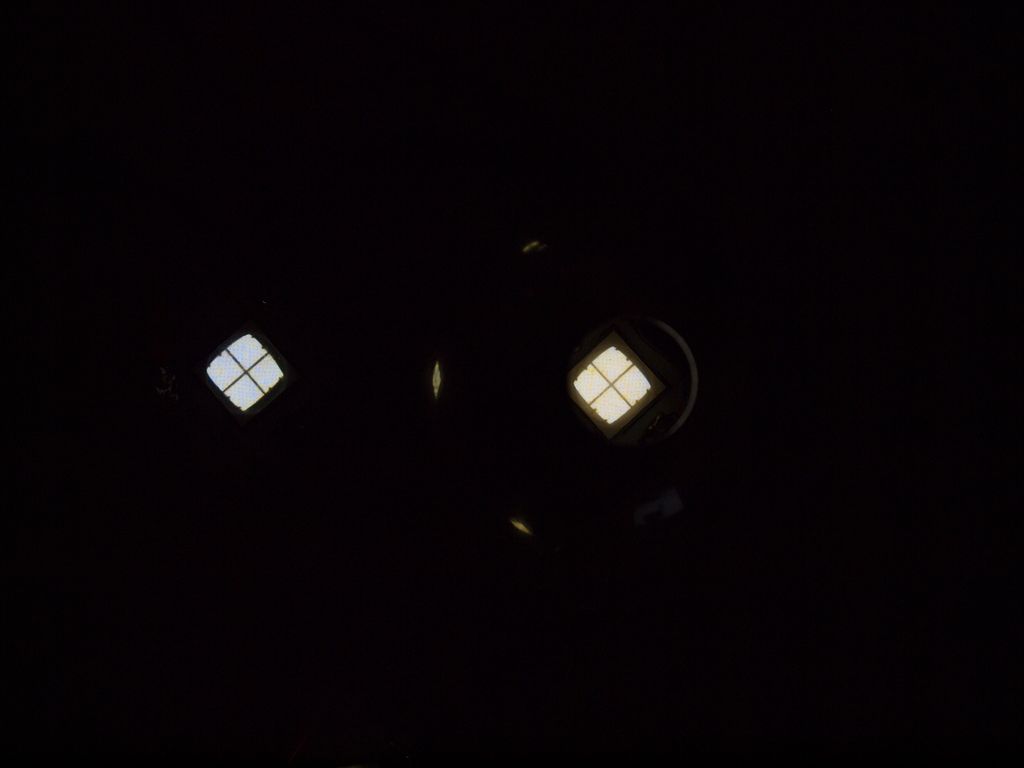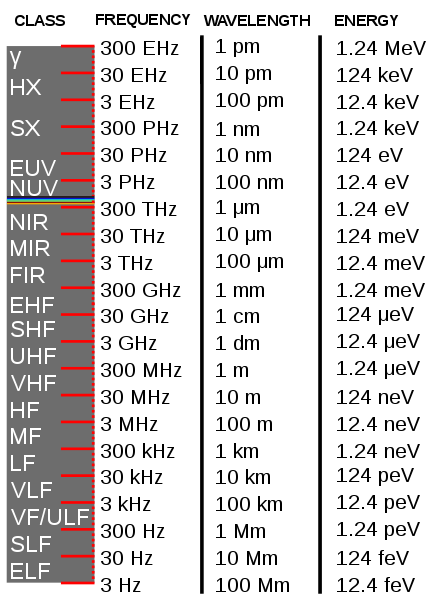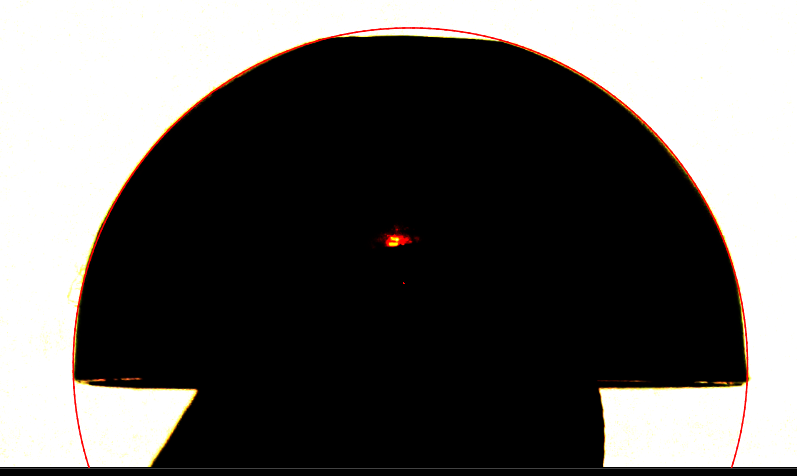To the OP; LinusHofmann,
I hope you don’t mind the side-discussions going on in here. I have undoubtedly introduced other topics being discussed, which I initially found to be relative to projects like this, but more so when tweaking a design for “optimums” are being considered. So, I don’t mean to dump info here, which may be useful in its own thread. What do you think? If at any time you’d rather I do that, I can start a thread on the various principles of LED emission as to not discuss such things, next to your project. Anyone who feels that would be better suited discussion on these topics, please make mention or PM me.
Anyways.
What Cajampa just mentioned is a very interesting configuration which I myself have pondered.
So one thing which can be found in experiment is that in fact yes, if the dome can be sliced-off effectively leaving a thin gel layer, a reduced-die-size image will thus be presented to the focusing optic, as is the case in a complete de-dome scenario. The reduced-sized image is beneficial in one clear way in either type of de-dome method, lux is boosted as the natural die size is not virtually expanded. Many consider the boosted intensity-per-area the best benefit from a de-dome; a complete de-dome that is most often. But the second thing we have come to expect, is the loss of total lumens after a de-dome. This negative seems to be traded equally by most minds for the additional gain of a lower kelvin tint, which some view as a benefit to higher final CRI. But the final CRI values are not often known as well as they are when the LED has a specified, or specific manufacturer recorded bin. That bin value thus becomes lost. We don’t really know the final bin, and if it is productive towards actual CRI. My guess like many would be that it is beneficial to CRI even if now unknown, as we generally see warmer tints represent higher CRI values. Unfortunately, little data actually confirms the final benefit beyond our eye-sight. So if we achieve what is considered a good color tint after a de-dome, and we further change that tint-shift using a reflective aperture, the next question would be, now what is the tint bin? Have we gone too far? And etc. It might be assumed that the gel used by the manufacturers over the LED surface is their optimum choice for boosting lumens, and if it is a perfected technique they use to in fact boost lumens, should we remove all of its benefits when we merely seek the smaller die image only? These are questions which could only be solved by an integrating sphere. If we can attain higher lumens, and a smaller die image by slicing the dome, we have just increased the potential light density attainable which previously is not being met in a complete “solution de-dome” method. If we can then lower its kelvin temperature a desirable amount, while still increasing surface intensity using a reflective aperture, might we be able to yield the most energy-dense configuration attainable for an LED?
I think these are good questions to ask, because while many thought they found an “easier” de-dome method, it seems true they did not consider all variables with the solution or “dissolve” method. It seems like this could have easily been overlooked by the hundreds if not thousands of people now currently using this method. Is it really the proper way to gain maximum effectiveness and benefit?
Someone should definitely want to consider what I have stumbled across here, and tests could be performed to verify, or prove a null-concept, by one with access to an integrating sphere. Of course the multitude of configurations would play into effects. How clean is the slice? Is a reflective aperture then used? Each variable has an outcome to the method’s final benefit. But these are clear options right there all along, and no one has really documented any of this. We go on a wing-and-a-prayer that it is just done the way it is done properly, without ever really knowing. Substantial lumens are lost in a complete de-dome. That seems to me like there could be a substantial benefit to keeping those lumens there, while achieving the original goal of a reduced image size. Intensity should seemingly only go UP^. 
The second problem, to me, is the reflective aperture. Some surfaces are not suitable mirrors, regardless to how well you polish them. Certain metals will still collect photons of certain wavelengths, even though they may appear shiny and reflective of all colors to the eye, some light is still lost/scattered in the reflection. This would bring the mirror process of the aperture into question. A mirror coating with proper reflective index would be used, on top of a properly machined hemisphere surface. A guy from a club I belong to claims that he can machine hemispheres to very-high tolerances such as required in optics. Unfortunately he won’t do this for free or I would have many by now. He has a very high-end CNC machine at his shop, which I do not. What he has told me is that the apertures would come out with a near polish—just due to the machining accuracy. So if some of these could be made, then coated by a mirroring process that is efficient with LED light colors directly (unlike uncoated metals, such as stainless steel), a “super-combination” could potentially exist, within arms reach. Don’t mean to sound too overwhelmingly certain this would be the solution to maximum attainable LED surface-intensity, but the logic put behind thinking about it does make sense, all things considered. We aren’t currently using coated apertures, nor precision ones, in an optical sort of context. While going about such a design through a professional optics route would undoubtedly cost some $$$, going about it the “custom way” via a machine shop with a good CNC, and then coating, is what would put such a design within arms reach when I say it.
Just things to consider. Maybe more would be interested in pursuing a group project, or a design intended to be mounted on a specific light pill. One design applied to the optimum host, in other words.
![]()
![]() very nice.
very nice.![]()





